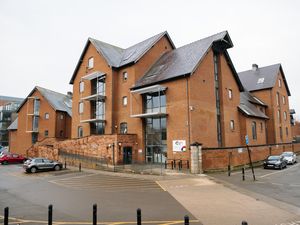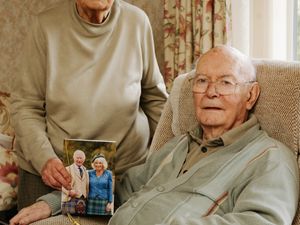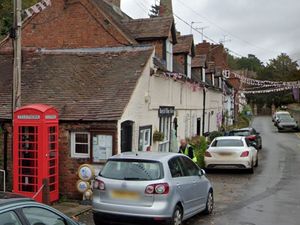Church spotlight: Much Wenlock church with a very long history
The Rev Matthew Stafford considers himself a lucky man. A week into his new ministry at Holy Trinity Church in Much Wenlock, he is already acutely aware that he has come to a very special place.


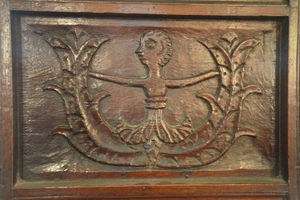
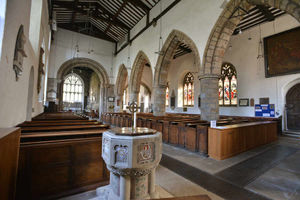
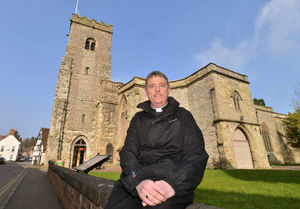

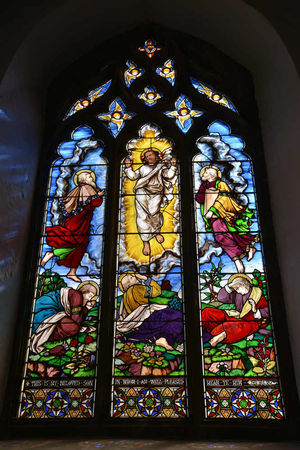
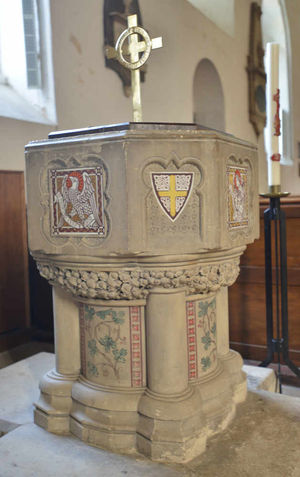
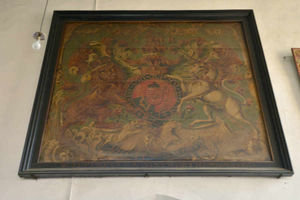

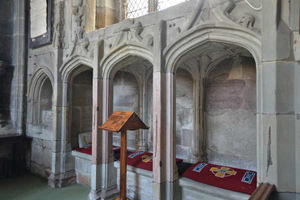
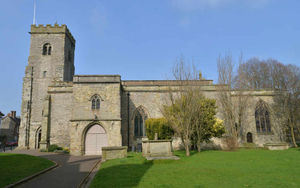
"This is the birthplace of Christianity in Shropshire, with more than 1,300 years of church history," says the jovial 41-year-old.
"I'm led to believe there has been a church on this since since 680AD."
Located next to a long green, the church is surrounded by timber-framed cottages and the town's medieval guildhall.
It owes its origins to Milburga, the daughter of Merewalh, King of Mercia, who founded a monastery on the site, which eventually grew to become Wenlock Priory, a short distance away down Sheinton Street.
And it was the Cluniac monks who were based at the Priory who started building the present church in the middle of the 12th century.

Services: parish Eucharist 11am every Sunday, with Said Eucharist in traditional languages at 8am on the second and fourth Sunday of each month. Evensong according to the Book of Common Prayer is sung on the first and third Sunday of each month at 6.30pm.
Notable memorials: Dr William Penny Brookes, founder of the modern Olympic Games; Richard Ridley, who was twice bailiff of Much Wenlock, and his wife Eleanor; Robert Thorne, who also served as bailiff.[/breakout]
With their rounded arches and pillars, the nave and chancel typify the Norman style of ecclesiastical architecture.
The beautifully carved 12th century west front is now partly obscured by the later west tower, but you can still see the Norman carvings of the west tower arch.
Matthew, who today marks his first week at the church, says he has already been touched by the warm welcome from people in the town.
"I love the way people say 'good morning' to each other," he says.
"In so many communities, if you say 'good morning' to somebody they are guarded, they think there is an ulterior motive, but in Wenlock everybody is so friendly."
Matthew, who spent more than 12 years at Wrockwardine Wood before moving to Wenlock, says he has settled in straight away and has already fallen in love with the church.
"I like its simplicity," he says, adding that as well as the impressive east window, made up of stained glass dating from the 15th to 17th centuries, there is also a lot of plain glass.
"Some churches are beautiful, with lots and lots of stained glass, and we have got stained glass here. But we have also got some plain glass windows, which not only lets in a lot of light, but it also reminds us that we are called to be in the world, and not of the world."
Matthew said leaving it was a big wrench leaving Wrockwardine Wood, where he had made many good friends over the years.
"When I told them I was going to Wenlock, some of them said 'they all speak posh there, you know' and I joked that I should maybe take some elocution lessons," he says.
"I was actually very emotional when I left, it makes you realise how it is possible to make a difference to people's lives."
Around 140 people turned out for his first service on Sunday, although he expects the regular attendance will be between 80 and 120.
"I think a lot of people came along on Sunday because they were nosey," he jokes.
Matthew, who is married to Julie, and has sons Oran, 14, and Conall, 11, says he is really looking forward to the Holy Week services.
He adds: "We have also got the most fantastic church choir. There is a really strong choral tradition – and it's not just old people who are singing, we have got a really thriving young choir."
Matthew is particularly proud of the marble memorial to William Penny Brookes, the founder of the modern Olympics.
Brookes, a doctor by profession, established the Wenlock Olympian Games in 1861, and his family's graves are in the churchyard, decorated with Olympian wreaths.
Other memorials include one to two-times town bailiff Richard Ridley, who died in 1592, and his wife Eleanor, showing the couple in a traditional Elizabethan pose, facing each other across a prayer desk.
At the east end of the south aisle is a Norman font, which was lost for many years before being rediscovered in the 19th century and returned to the church.
Out on the church green, there is also a plaque in memory of novelist and poet Mary Webb, who is best known as the author of Gone To Earth and Precious Bane.

